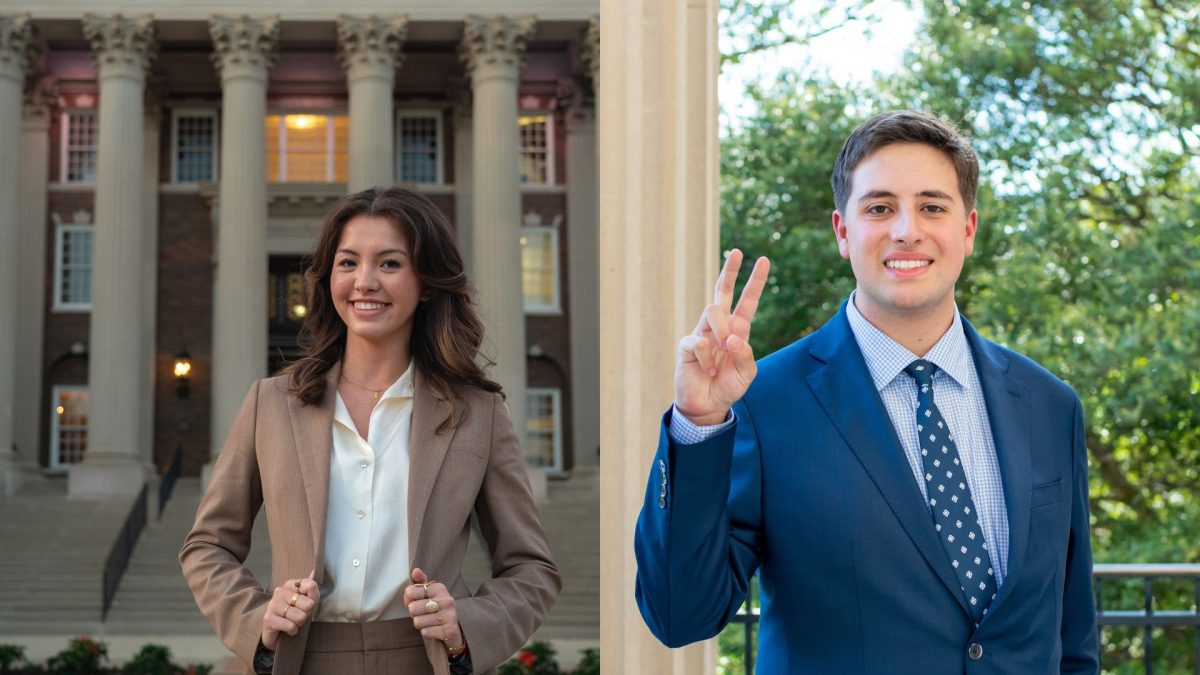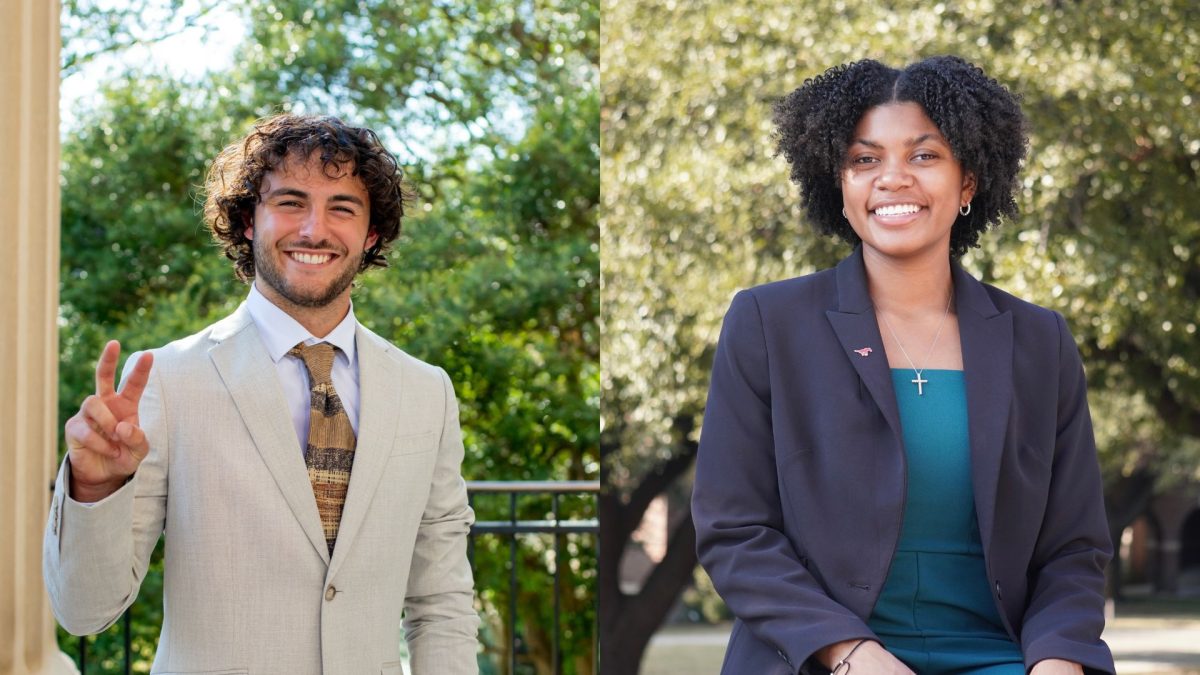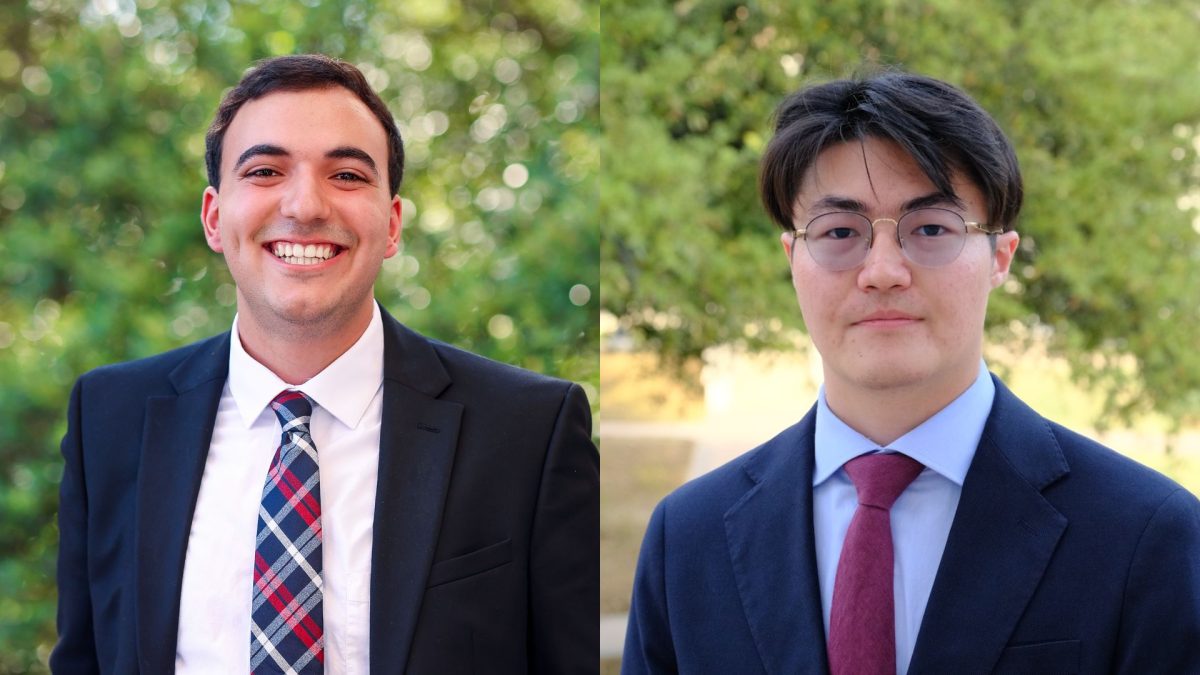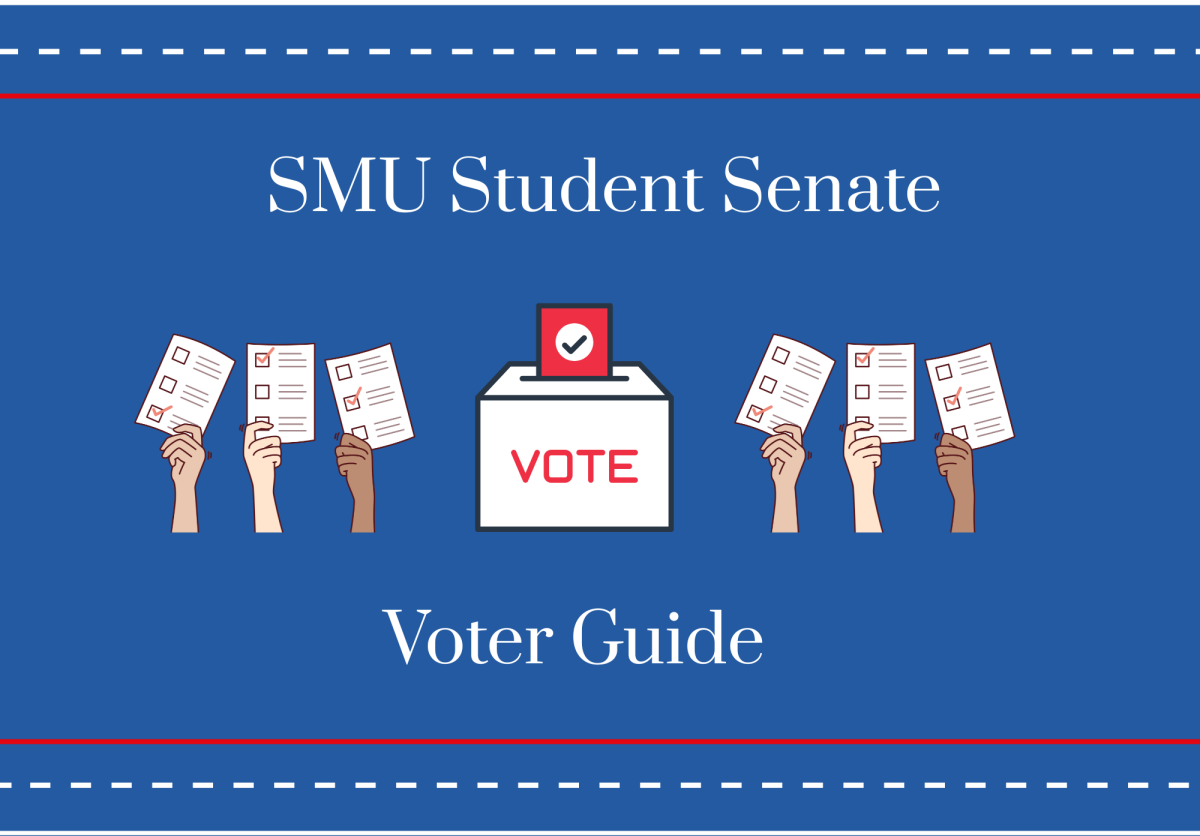As the world remembers the infamous John F. Kennedyassassination on its 40th anniversary, students at SMU have theopportunity to delve into the long-running controversy in theCultural Formations course, Making History.
Professor Tom Stone believes some people focus too much on”issues of the who-done-it variety,” so he formed hisclass to help students see the relationship between history and artand to understand how to interpret and select various historicalmaterials.
Students first read selections on Caesar and Brutus written byPlutarch to gain insight into their next assignment,Shakespeare’s Julius Caesar. Then students watch OliverStone’s movie JFK.
Both Shakespeare and Oliver Stone “used sources” increating their works, Stone said. “The question is, when does‘use’ become ‘abuse’?” Stone asked.He wants students to determine the extent to which Shakespeare andOliver Stone “bent” historical facts to fit the”artistic intentions” behind their works. “Doesthe bending [of facts] constitute a ‘distortion’ ofhistory? Why or why not?” he asked.
After students screen JFK, Stone provides lectures and readingsthat are aimed at familiarizing students with the controversiesthat have developed over the years concerning the interpretationsof the available evidence.
Readings include excerpts from materials compiled by the WarrenCommission and the House Select Committee on Assassinations as wellas several essays that address the validity of JFK.
“It was cool because you walked out of seeing the movietotally believing in this huge conspiracy theory,” juniorBrian Fox said.
“Then Professor Stone totally debunked the wholething,” Fox said.
Students also visited the Sixth Floor Museum, located inDallas’ West End, to further explore the investigation.
Junior Lakshmi Jagannathan said she enjoyed visiting the museumafter Stone’s lectures on the assassination.
“I just got to go with a completely different perspective.It was great,” she said.
Stone provides his students with the opportunity to meet anddiscuss the assassination with the museum’s staff.
Fox said he enjoyed the visits to the museum because of thestaff.
“They really knew what they were talking about. You couldask them anything, and they knew so much about what happened thatday, they could answer almost all your questions,” hesaid.
During the final section of the course students have theopportunity to focus on the exhibit itself at the Sixth FloorMuseum. Stone wants his students to analyze the way the museumshapes visitors’ understanding of Kennedy’sassassination. Students then prepare an essay in which they makesuggestions for redesigning the exhibit.
“I forward the essays on to the people of themuseum,” said Stone. “The staff at the museum areactually interested in the students’ perspective, and theytake the suggestions seriously,” he said.








